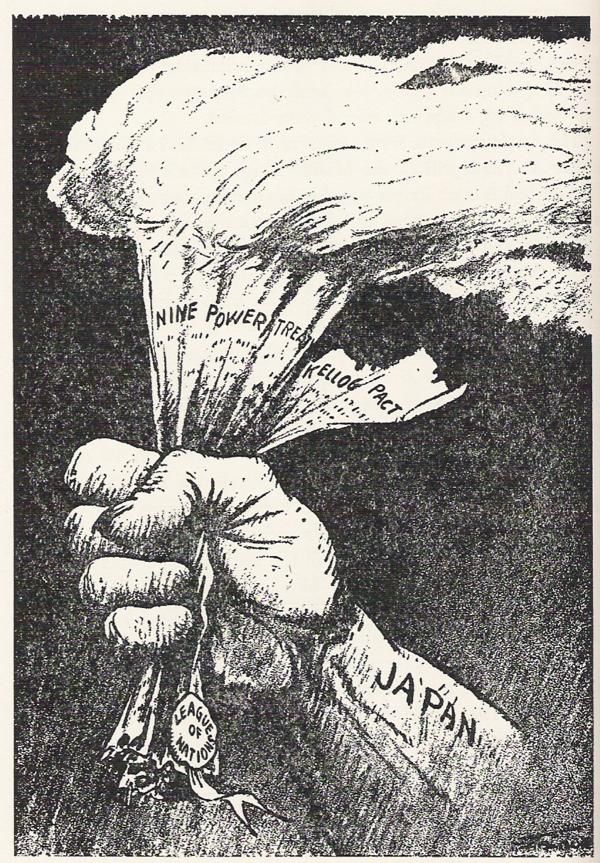I thought it would be an interesting look into our nation's political cartoon history if, this month, I took a look at a different editorial cartoon each day that won the Pulitzer Prize for Editorial Cartooning. Do note that we're talking basically 1922-1967 here, as since then, the Committee has almost always awarded cartoonists generally for their work, not for an exemplary single cartoon. So in many ways, this is a snapshot of American politics (for better or for worse) over a forty-five year period. Here is an archive of the cartoons featured thus far.
Today we look at Harold M. "H.M" Talburt's 1933 award-winning cartoon.
Enjoy!
Harold Talburt (1895-1966) worked at a number of odd jobs before becoming a reporter for the Toledo News-Bee. He was slowly transitioned into doing cartooning as well as reporting and in 1921, when Scripps-Howard opened up a Washington Bureau, Talburt was picked as their lead editorial cartoonist, a job he held for many years.
The cartoon he won the Pulitzer Prize for in 1933 was referring to three specific things in history...
1. Sir Edwin Arnold wrote a book called The Light of Asia in 1879. It was the first major Western work discussing Asia in great length. It was greatly informative for the people of the West as to what they thought of Asia, so it was still a very popular reference point in 1932, when Talburt's cartoon was published.
2. The Kellogg-Briand Pact, a peace treaty of sorts negotiated by United States Secretary of State Frank B. Kellogg and French foreign minister Aristide Briand. The pact was a fairly ineffectual treaty consisting of a number of nations who half-heartedly agreed not to act against each other. Along with the League of Nations, it was another flimsy attempt to keep back the dogs of war.
3. In 1931, Japan invaded Manchuria, effectively turning their noses at the Kellogg-Briand Pact.
These three things led to Talbury's award-winning cartoon, "The Light of Asia"...
Strong piece of work by Talburt.


